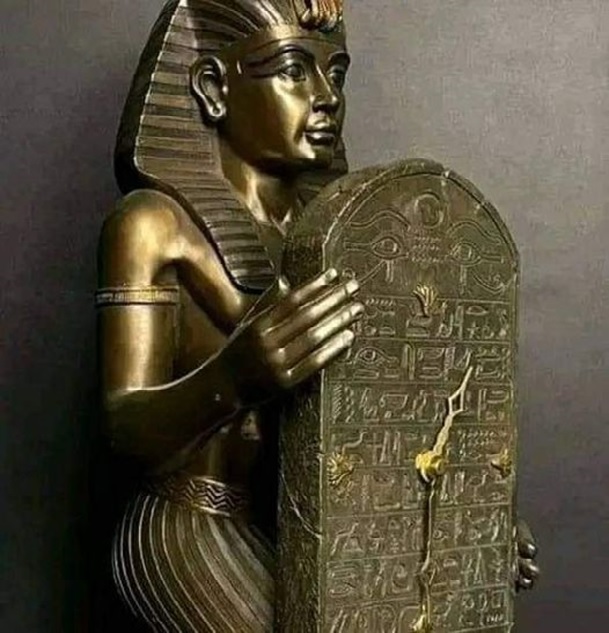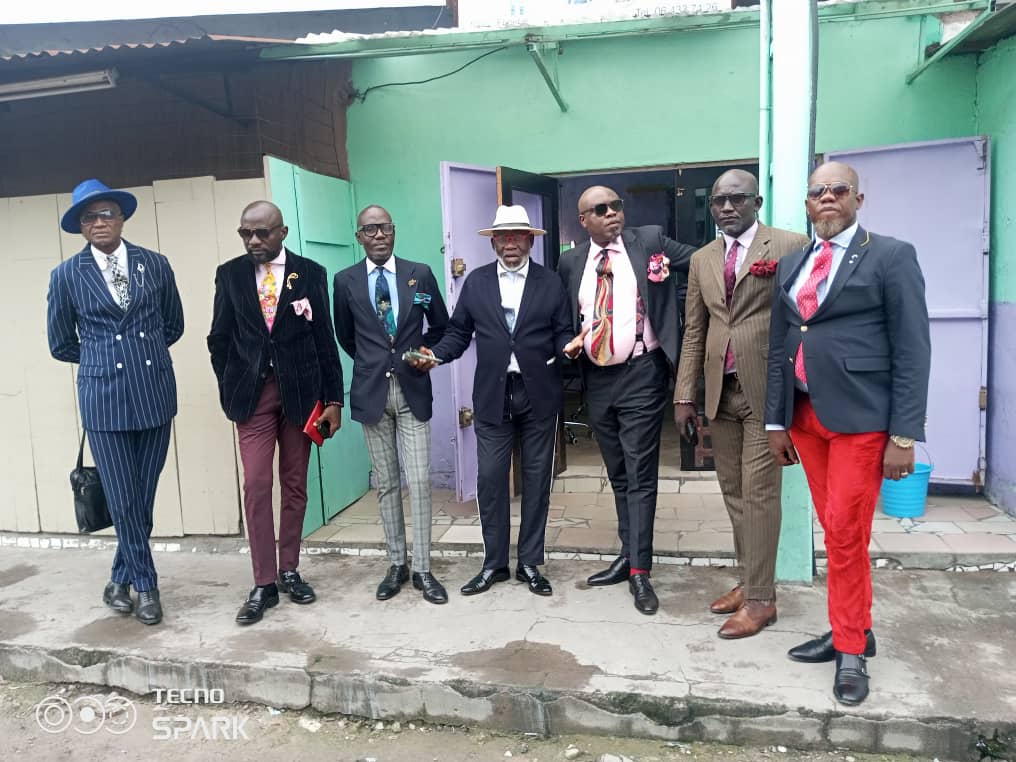FISSICOLA/SAPE
Cultural Identity
Culture is the shared characteristics of a group of people, which encompasses place of birth, religion, language, cuisine, social behaviors, art, literature, and music. Some cultures are widespread and have many people who associate themselves with those particular values, beliefs, and origins. Others are relatively small, with only a small number of people who associate themselves with that culture. However, the value of culture cannot be defined by its size. No matter if a culture is widespread or kept within a small region, is young or old, or has changed over time or stayed the same, every culture can teach us about ourselves, others, and the global community.
A people to be sustainable must be based on 7 fundamental principles – Its Culture – Its ideologies – Its theories – Its technology- Its paradigm- Its History- Its writing- Its conceptsLa Sape (Dressed up) was born in Egypt.
The Egyptians were good and great sappers with very high-quality clothing with linen fabrics, jewelry, very good quality cosmetics, sophisticated braids.
The ancient Egyptians were very demanding when it came to cleanliness and appearance. People who were not cared for were considered inferior. Both men and women used cosmetics and wore jewelry. The amulet, a type of jewelry, was believed to protect its owner and give him strength. Servants wore short skirts.
Flax grown by farmers was woven into the fine canvas from which clothing was made. Working-class men wore loincloths or short skirts as well as long tunics held at the waist with a belt. Skirts were made from a rectangular piece of linen that was wrapped around the body and fastened at the waist. wealthy men; wore knee-length tunics, loincloths, or skirts; they also wore jewelry – a string of beads, arm rings and bracelets. Working-class women wore draped dresses or tight-fitting sheaths. Elite women enhanced their looks with make-up, earrings, bracelets, and necklaces.
Both men and women also wore papyrus sandals. Vegetable fiber or leather sandals were a very common type of shoe. For queens and kings, it was an extraordinary undermining of the very high with a lot of gold. The philosophy of respecting high-end clothing and clothing luxury is a heritage that the Congolese have received from Egypt as a racial cultural heritage. The luxury of clothing is the only heritage that the Congolese have received from their Egyptian ancestors.
The First Watch in the History of Humanity

The First WIFI in The History of Mankind

Vitamin D plays an important role in bone growth and the body’s natural protection against certain diseases, and the inability to absorb enough in areas of less-powerful sunlight would have decreased life expectancies in our African ancestors. The further north they trekked, the more vitamin D they needed and the lighter they got over the generations, due to natural selection.
This explanation accounts for the world’s gradients of skin color traveling south to north, the prevalence of vitamin D deficiency among African immigrants to higher latitudes. Humans come in a rainbow of hues, from dark chocolate browns to almost translucent whites.
This complete kaleidoscope of skin colors was a relatively recent evolutionary development, which occurred alongside the migration of modern humans out of Africa between 100,000 and 50,000 years ago.
The consensus among scientists has always been that lower levels of vitamin D at higher latitudes – where the sun is less intense – caused the lightening effect when modern humans, who began to have darker skin, first migrated north.

